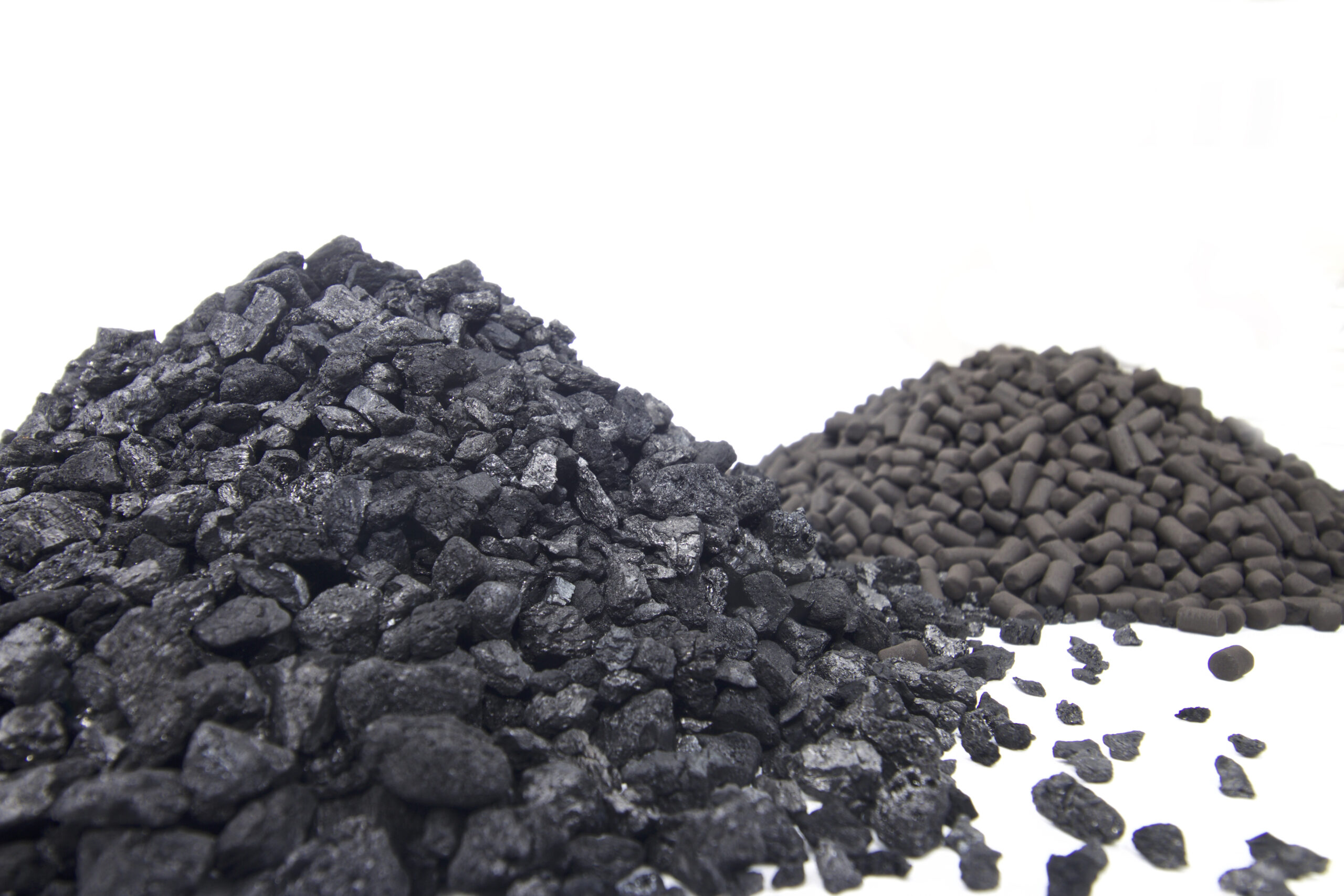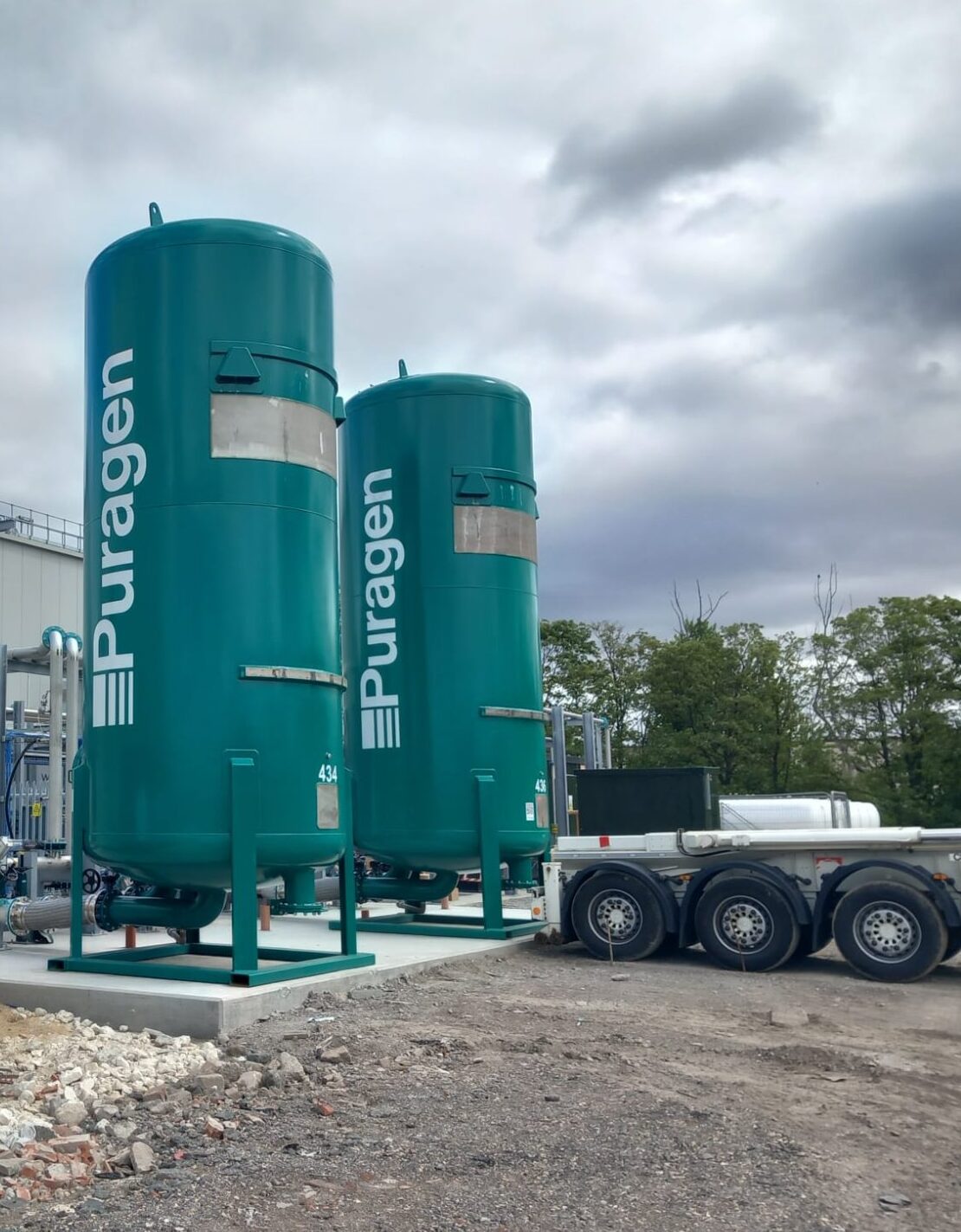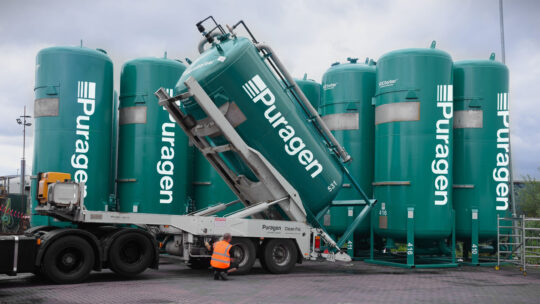In the quest for cleaner air and water, the utilisation of activated carbon filters stands as a cornerstone of modern purification techniques. Whether it’s purifying water, eliminating odours, or capturing volatile organic compounds (VOCs), activated carbon filters are hailed for their remarkable effectiveness.
As industry leaders in activated carbon solutions, our team of experts at Puragen recognises the importance of activated carbon filters and boasts a diverse portfolio of activated carbon products to help businesses and industries with an array of industrial purification needs.
What are Activated Carbon Filters?
Activated carbon filters are porous materials, typically made from carbon-rich sources like coconut shells, wood, or specific grades of high-quality coal. What sets them apart is their activation process, which creates a vast network of pores and increases their surface area, enabling them to adsorb a wide range of contaminants effectively. This activation process involves subjecting the carbon to high temperatures and steam, in an oxygen-free environment, resulting in a structure with millions of microscopic pores.

How Do Activated Carbon Filters Work?
The effectiveness of activated carbon filters stems from their porous structure and adsorption capabilities. The porous nature provides a large surface area for contaminants to adhere to, essentially trapping them within the carbon matrix. Activated carbon exhibits a particularly high affinity towards organic molecules, thanks to its chemical composition, further enhancing its adsorption capacity.
Adsorption
The primary mechanism by which activated carbon filters work is adsorption. Adsorption is the adhesion of molecules from a gas, liquid, or dissolved solid to a surface, in this case, the surface of the activated carbon. The activated carbon’s high surface area and porous structure allow it to trap and hold impurities within its pores as water, air or certain gases pass through.
Chemical Reactions
In addition to adsorption, activated carbon filters can also facilitate chemical reactions, using carbons that have been impregnated with carefully selected functional chemicals. Certain contaminants, particularly inorganic species such as hydrogen sulfide (H2S) and ammonia (NH3), may undergo chemical reactions with the modified carbon surface, leading to their removal or transformation into less harmful substances.
Physical Filtration
Activated carbon filters may also physically trap larger particles suspended in water or air, although this is not their primary function. Activated carbon is generally used as a ‘polishing’ step to remove chemical impurities at a molecular level, once larger particles have been removed by other physical filtration technologies.
What Are the Benefits of Activated Carbon Filters?
Activated carbon filters are versatile and effective tools for removing impurities and improving the quality of water, air and gas in various settings. Some benefits include:
Removal of Impurities
Activated carbon filters can effectively remove a wide range of impurities, including chlorine, odours, taste, volatile organic compounds (VOCs) and other harmful/corrosive gas-phase contaminants.
Improvement of Water or Air Quality
By removing contaminants, activated carbon filters can improve the quality and taste of water and reduce unpleasant odours in the air.
Versatility
Activated carbon filters can be used in various applications, including water purification systems, air & gas purifiers, respirators, and even in medical settings for toxin removal. Activated carbon can be supplied loose (20kg sacks or 500kg big bags), in bulk (typically 20MT tanker) or in mobile carbon filter units, which are available in a range of sizes for different applications and flow rates.
Safe and Environmentally Friendly
Activated carbon is generally considered safe for use and is non-toxic. Additionally, it is often derived from renewable sources such as coconut shells or wood, making it environmentally friendly. Crucially, spent activated carbon can generally be recycled via thermal reactivation, and Puragen has facilities in the UK for doing this. This reduces the environmental footprint massively (>90%) compared with the use and subsequent disposal of virgin material.
Cost-Effective
While activated carbon filters may require periodic replacement, they are generally cost-effective in the long run, especially considering the benefits they provide in terms of improved water or air quality and potentially reduced health risks. The use of reactivated carbon also reduces the cost of the process, as well as the environmental footprint.

What are Activated Carbon Filters Used For?
The versatility of activated carbon filters renders them indispensable across various industries and applications:
Air Purification
Activated carbon filters excel in removing airborne contaminants such as odours and volatile organic compounds (VOCs) from industrial sources and indoor environments, contributing to improved air quality and respiratory health.
Water Treatment
In water purification systems, activated carbon filters trap impurities and chemicals, including chlorine, pesticides, pharmaceuticals and other micropollutants including PFAS-group ‘forever chemicals’, thereby enhancing the taste, odour, and safety of drinking water.
Industrial Processes
Industries rely on activated carbon filters for solvent recovery, wastewater treatment, and controlling emissions, optimising operational efficiency while mitigating environmental impact.
Odour Control
Whether in wastewater treatment plants, waste transfer facilities, or industrial manufacturing plants, activated carbon filters neutralise foul odours by adsorbing odour-causing molecules, ensuring a more pleasant and hygienic environment for employees and neighbouring communities.
Biogas Purification
Activated carbon filters are often used at renewable energy facilities for the removal of unwanted contaminants, such as hydrogen sulfide and siloxanes, from biogas and biomethane gas streams. This facilitates the production of renewable gas and electricity, helping us to reduce our dependence on imported fossil fuels.
A Greener Future with Activated Carbon Filters
Activated carbon filters’ advanced adsorption properties, coupled with their versatility and sustainability, make them indispensable across multiple industries and applications. As we navigate towards a greener and healthier future, activated carbon filters remain at the forefront of purification technology, safeguarding our air, water and wellbeing.
Through continuous innovation and commitment to excellence, we here at Puragen exemplify the transformative potential of activated carbons, paving the way for a cleaner and more sustainable world.
For further information and guidance, contact our team of experts today.

